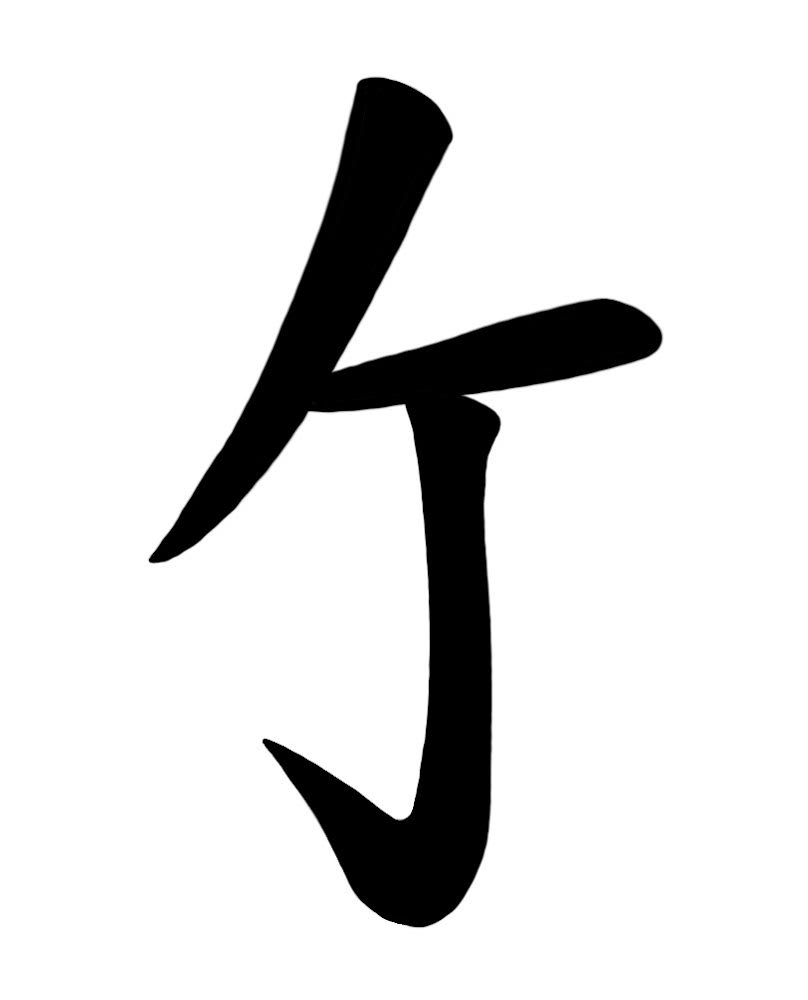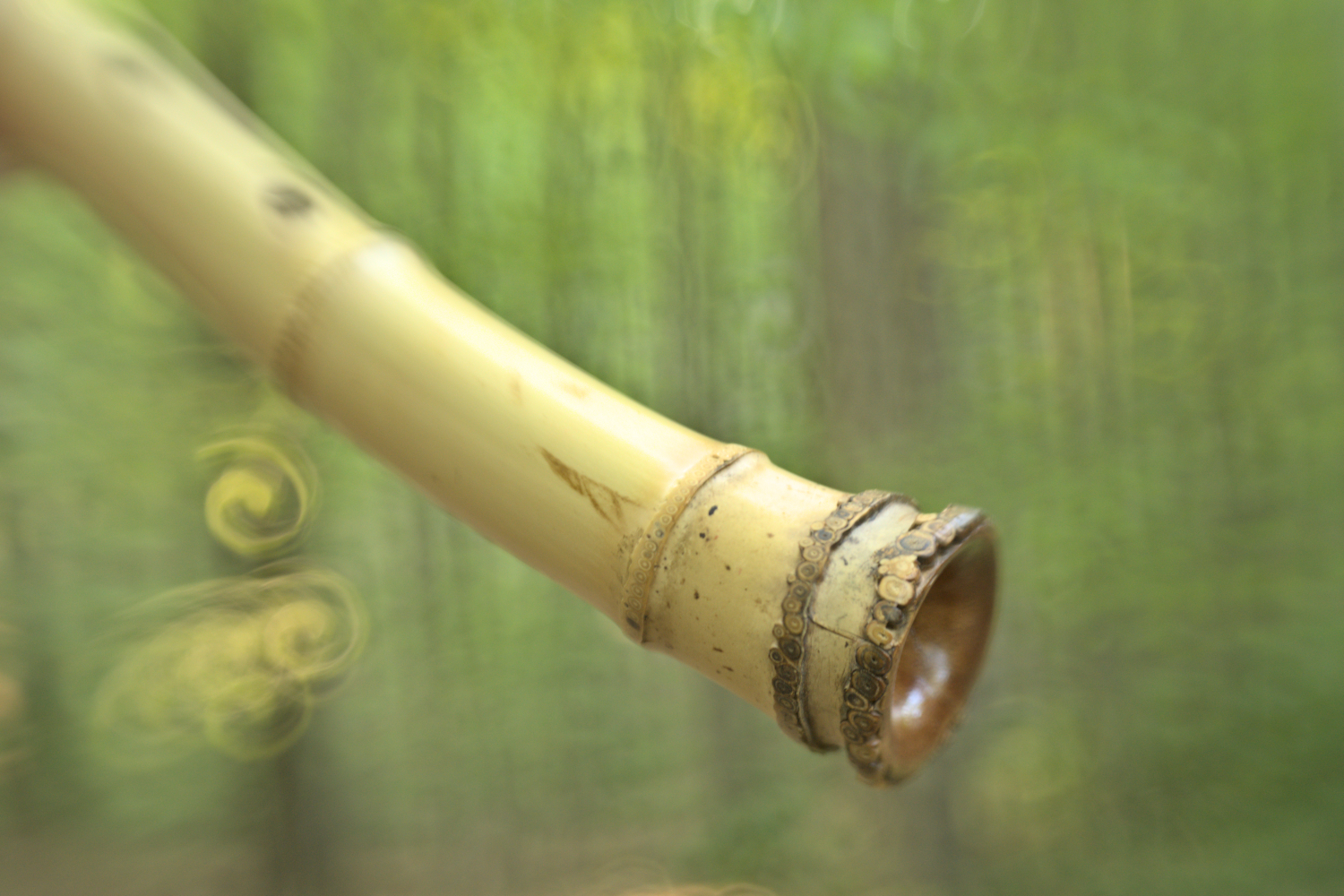Shakuhachi size guide: Understanding Shaku Lengths
The terms “1.8,” “2.0,” and so on, refer to the total length of a shakuhachi using the traditional Japanese unit of measurement called shaku (尺). To convert a shaku measurement to centimeters, simply multiply the shaku number by 30.3 cm (e.g., 1.8 shaku x 30.3 cm = 54.54 cm). This length primarily determines the pitch of the lowest fundamental note (also known as the tonic, key, or Ro), to which all other finger-hole notes are tuned.
Common Shakuhachi Lengths and Keys
While these lengths in centimeters are based on a precise 1 shaku = 30.3 cm conversion, actual lengths and pitches can vary slightly due to individual instrument construction and playing style. Therefore, this chart provides a general guide for a given key.
- 1.6 shaku: 48 cm, Key of E4
- 1.7 shaku: 51 cm, Key of Eb4
- 1.8 shaku: 54 cm, Key of D4
- 1.9 shaku: 57 cm, Key of Db4
- 2.0 shaku: 60 cm, Key of C4
- 2.1 shaku: 63 cm, Key of B3
- 2.2 shaku: 66 cm, Key of Bb3
- 2.4 shaku: 72 cm, Key of A3
- 2.7 shaku: 82 cm, Key of G3
Understanding Shaku (尺) and Shakuhachi Lengths
The shaku (尺), or ‘Japanese foot,’ is an antiquated unit of length equivalent to 30.3 centimeters (approximately 11.9 inches). (Note: A different ‘shaku’ of 37.9 cm / 14.9 inches is used by tailors).
The word shakuhachi (尺八) itself refers to the standardized length of 1.8 shaku. It is an abbreviation of ichi-shaku-hachi-sun (one shaku, eight sun). However, “shakuhachi” has become an umbrella term commonly used to refer to any length or key of this Japanese bamboo flute. A literal “1.8” shakuhachi is almost always in the key of D4 (above middle C4, which is the key of a standard silver Boehm flute), as seen in the chart above.
Despite these standards, the actual length and pitch of any given instrument often varies slightly, highlighting the need for this guide. These discrepancies are due to complex flute acoustics and the natural variations inherent in bamboo.
Shakuhachi Length and Pitch Discrepancies
Various factors can cause minor or major discrepancies between an instrument’s expected length and its actual pitch. For this reason, it is often necessary and recommended for shakuhachi craftspeople to provide the precise pitch (e.g., A4=440Hz) at room temperature (approximately 73°F / 22.7°C) along with the exact length in centimeters.
To delve deeper into the nuances of pitch and tuning, please refer to our page: “Understanding Shakuhachi Pitch and Tuning – 440Hz, 432Hz, and What They Really Mean.”

